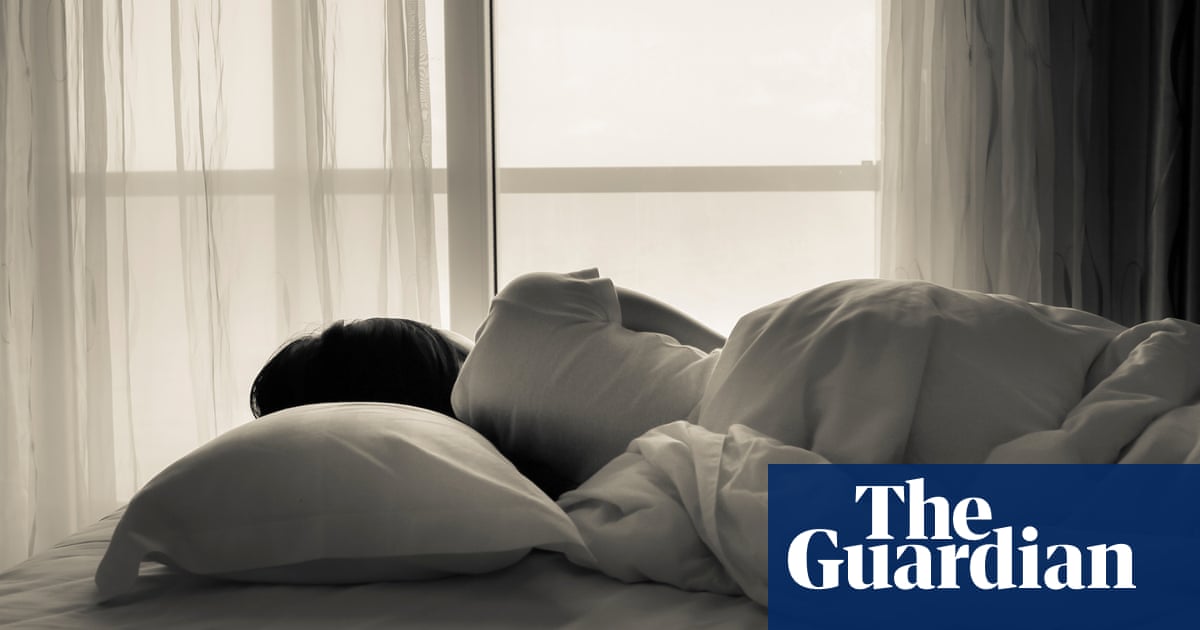
f this doesn’t stop you in your tracks, nothing will. My cunt is wet with fear, reads Tracey Emin’s 1998 upper-case white neon, stark on the sombre green walls of the Royal Academy’s exhibition Tracey Emin/Edvard Munch: The Loneliness of the Soul. Planned to inaugurate Oslo’s newly relocated Munchmuseet, on the city’s harbour earlier this year, Covid has forced a change and the show is now opening in London.
More Solitude, says another neon, punctuating this juxtaposition of Emin’s selection of Munch’s paintings and watercolours with her own work. In London, the show occupies three rooms. When it goes to Oslo next summer, it will also include Emin’s My Bed, her 1998 film Homage to Edvard Munch and All My Dead Children, and a series of enlarged, insomniac self-portraits.
The green walls offset the roaring red of Emin’s 2018 painting I never Asked to Fall in Love – You made me Feel like This , her pink and scarlet flurries, all the incidental spatters and drips, as well as the rusty red bloodstain on the cushion in Munch’s terrifying painting of a naked woman standing beside a wicker chair. She regards this little patch with a single Cyclopean eye. It is a stilled moment of horror.
There are a number of Munch’s smaller watercolours of female figures, some of whom, crouching and lying prone, echo the poses in Emin’s paintings. But Emin’s selection of Munch also focuses on his dramatic interior scenes: a sick woman making her way naked across a dingy room in his Women in Hospital (1897) and the peculiarly symmetrical, spectral woman who stands before the corpse of the man she has just murdered in the 1907, second version of his Death of Marat, a painting that has less to do with the French revolutionary’s assassination than the artist’s breakup with his fiancee. It is Munch himself dead on the bed. The woman appears calm amid Munch’s frantic, juddering networks of brushwork. His drooping, somehow slithery Weeping Woman (1907-09) appears beside her unmade bed and the wallpaper beyond, whose pattern evokes nothing so much as breasts and spots of blood. Her face, like Emin’s own erased or unpainted faces, is consumed by a red blush.
In his work Munch recorded and dramatised his life, his miseries and psychological state, his difficulties with women and drink. Emin’s work is no less autobiographical, confessional and self-dramatising – she’s a storyteller, after all – though with her paintings, it is often the titles that carry much of the emotional heft. She has none of Munch’s theatrical, sometimes filmic and brooding sense of atmosphere. Emin’s paintings seem to me more a performance, an enactment, than they are depictions. Put another way, they’re not pictures in the way Munch’s are.
In I am The Last of my Kind (2019) a naked pink figure (one of the few of Emin’s that isn’t simply an outline) stands compressed between painted words that the artist, feeling trapped, writes as thoughts to a lover, railing against getting old – “but not as old as my broken, fucked up vagina” – and the misery of having had to grow up too fast. There can be no doubt how heartfelt and how much more than background noise this is.
At best, Emin’s work is a kind of exorcism of her inner struggles and the complications of her life. She pitches herself against Munch’s own turmoils. He makes a good sounding board. The exhibition catalogue also makes a great deal of the connections – some even psychic – between the two artists, yet rarely have I read a more hagiographic, toe-curling publication from a major institution. Putting that aside, as much as Emin is fellow-travelling with Munch – and he has been an obsession since she was a student – there are also touches of Cy Twombly in both her painting and her small, white bronzes, hints of Joan Mitchell’s clamouring brushwork, something of Louise Bourgeois’s prickly vulnerability, and a great deal that’s entirely Emin’s own.
Emin’s figures frequently emerge and disappear through skeins of thin colour. Their snaggly, scrabbly pubic areas often provide the focus among the cursory limbs, the raised legs, the buttocks and breasts, an out-flung arm, a back or a sagging belly. If there are other bodies here they just become part of the jumble of sex. We barely see a hand or a foot. Faces are invariably scrubbed over. In Black cat (2008), a face has had a piece of raggedy-edged white paper, mostly painted over in black, collaged over it, like a veil or a mask. Mostly all we get is a cheekbone or a jawline, a forehead or the fall of hair. Sometimes there is just erasure, a physiognomy blotted out or scribbled over. Her bodies (mostly her own, we can have no doubt) are rendered in outline, as though drawn with an inky brush among thin layers of washy acrylic.
This lightness of touch – which, on closer inspection is more an artifice than it looks – intends urgency and vitality, a sort of instantaneity. Yet the figure that emerges is often a painted human shambles, the wreckage of a moment, a hurried note to self, before it disappears.












